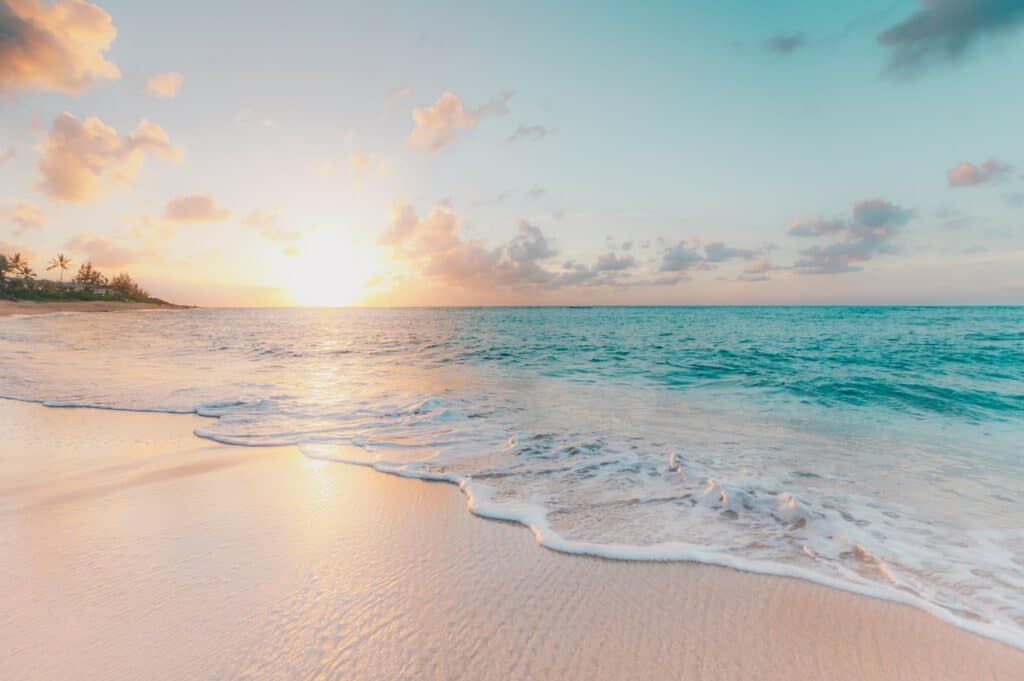Nestled in the cerulean expanse of the Caribbean Sea lies a treasure trove of natural beauty, cultural diversity, and historical significance. As we embark on a quest to uncover the largest island in the Caribbean, the spotlight shines resplendently on none other than the enigmatic jewel of the region – Cuba.
The Geographical Marvel
Spanning an impressive 42,426 square miles (109,884 square kilometers), Cuba stands tall as the largest island in the Caribbean. This tropical paradise stretches across the western end of the Caribbean Sea, positioned strategically between the Gulf of Mexico and the Atlantic Ocean. Its expansive coastline is a testament to the island’s maritime charm, offering a myriad of breathtaking beaches, coral reefs, and coastal wonders that allure travelers from all corners of the globe.
Historical and Cultural Significance
Beyond its sheer size, Cuba boasts a rich tapestry of history and culture that has left an indelible mark on the global stage. The island’s history is an amalgamation of indigenous roots, Spanish colonialism, African heritage, and revolutionary fervor. Its capital city, Havana, stands as a living museum of this complex history, with its vintage architecture, vibrant streets, and iconic landmarks echoing stories of resilience, conquest, and triumph.
Cuban culture dances to the rhythm of its music, from the soul-stirring melodies of traditional son and salsa to the pulsating beats of reggaeton. Art, literature, and cuisine converge to paint a vivid picture of the Cuban spirit, one that is characterized by passion, creativity, and an unyielding zest for life.
Natural Marvels and Biodiversity
The landscape of Cuba is a showcase of Mother Nature’s prowess, offering a diversity that ranges from lush rainforests and towering mountain ranges to serene valleys and serene cays. The Sierra Maestra mountain range, including the towering Pico Turquino, adds a dramatic dimension to Cuba’s topography, while the Viñales Valley enchants with its unique limestone formations and lush tobacco fields.
Cuba’s wildlife is equally captivating. Its varied ecosystems host a range of species, including the Cuban crocodile, the bee hummingbird (the world’s smallest bird), and the Cuban solenodon, a rare and endangered insectivore. Additionally, Cuba’s coral reefs are some of the most pristine in the Caribbean, teeming with vibrant marine life that makes it a haven for snorkelers and scuba divers.
Tourism and Beyond
The allure of Cuba extends far beyond its borders, beckoning travelers to explore its enchanting landscapes, experience its vibrant culture, and immerse themselves in its storied history. From the colorful streets of Trinidad to the idyllic beaches of Varadero, Cuba offers a kaleidoscope of experiences that cater to all types of adventurers.
However, Cuba’s appeal isn’t solely limited to tourism. The island’s contributions to literature, medicine, and international diplomacy have garnered global recognition. The enduring legacy of revolutionary leader Fidel Castro and the nation’s unique political and economic journey have generated both praise and controversy, making Cuba an intriguing case study in geopolitics.
As we unveil the grand jewel of the Caribbean, Cuba’s prominence as the largest island stands as a testament to its geographical, cultural, and historical significance. With a landscape that echoes stories of resilience, an identity woven from diverse threads, and a vibrant ecosystem that paints a portrait of nature’s ingenuity, Cuba emerges as a microcosm of the Caribbean’s splendor. Whether through its music, cuisine, history, or natural wonders, this captivating island continues to beckon explorers and dreamers to uncover its many layers and bask in its timeless allure.
- Is The Largest Island In The World
- Is Great Britain The Largest Island In The World
- What Are The Five Largest Islands In The Mediterranean Sea
- What Is The 20Th Largest Island On Earth
- What Is The 20Th Largest Island
- What Is The Oldest Island On Earth
- What Mountain Is The Caribbean Islands Tallest Peak
- Whats The Second Largest Island In The World
- Which Caribbean Island Has The Second Largest Land Area
- Which Country Has The Largest Island In The World
- Which Country Is The Smallest Island Of The Greater Antilles
- Which Island Is The Largest Off The Coast Of Maine
- What Are The Five Largest Cities In Rhode Island
- What Country Is The Largest Island In The Caribbean
- What Is The Largest Island In Indonesia
- What Is The Longest Someone Has Survived On A Deserted Island







